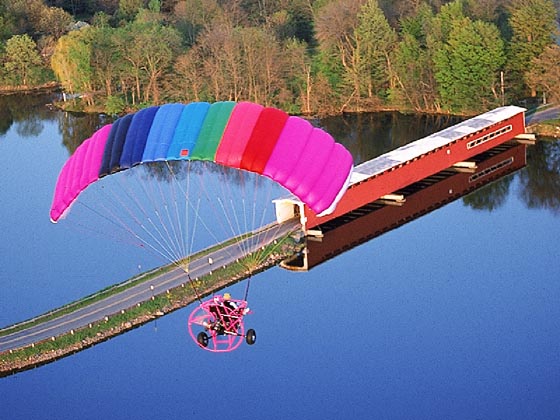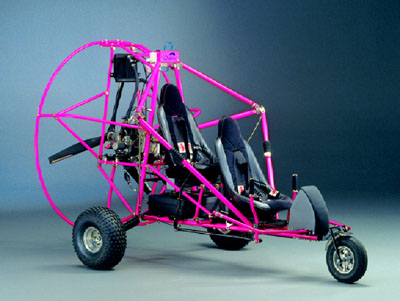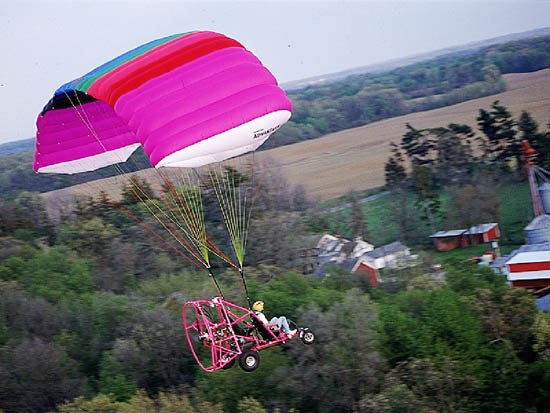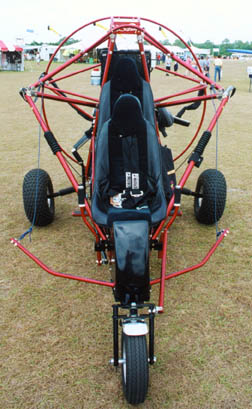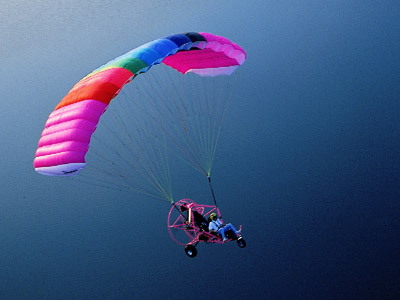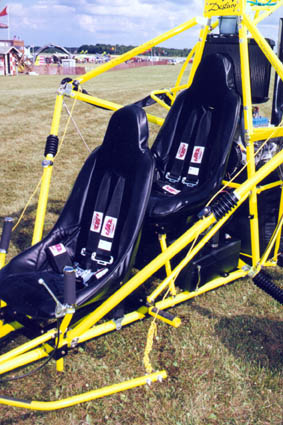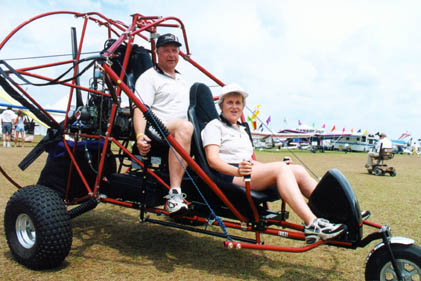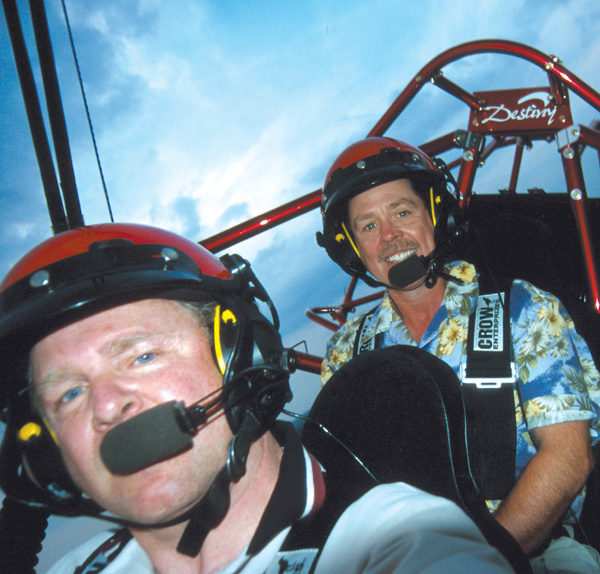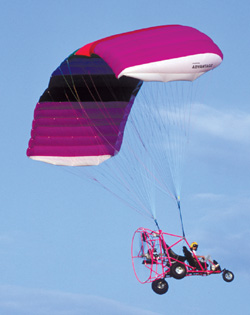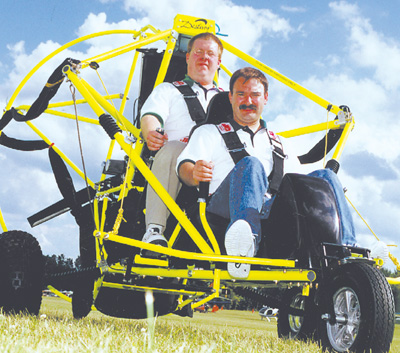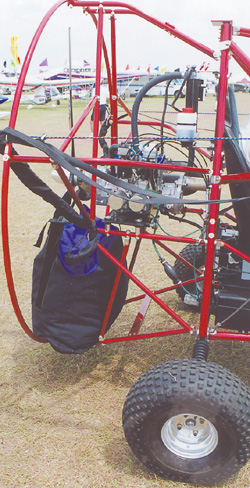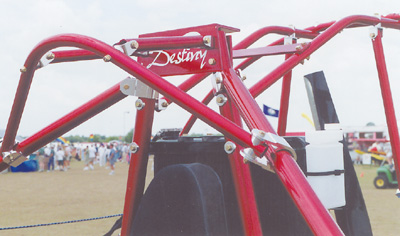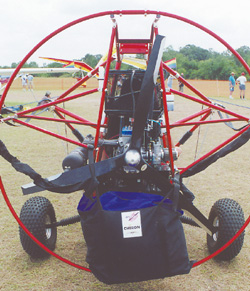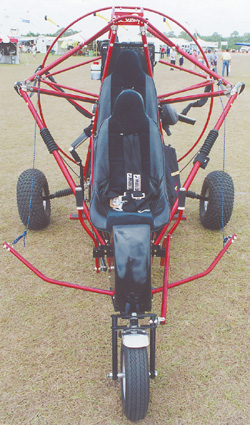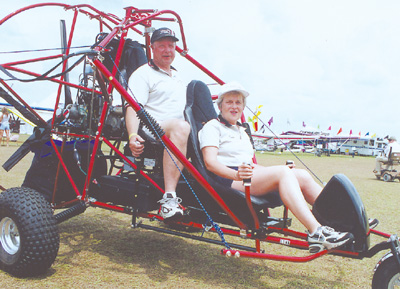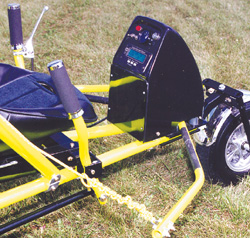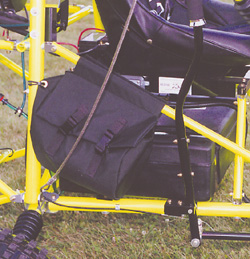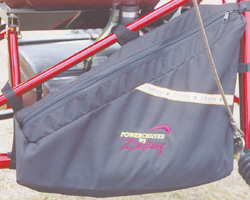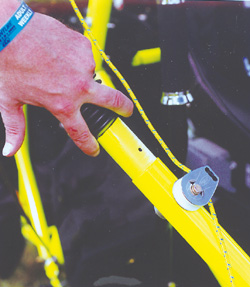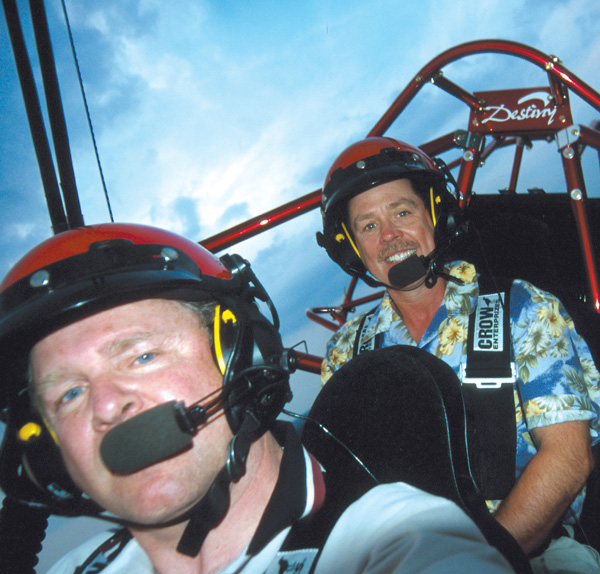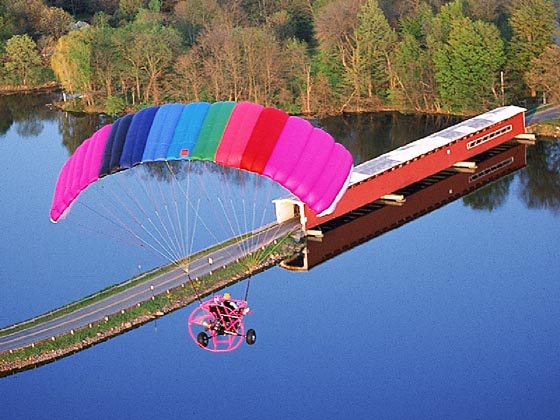
For years, I’ve said that we misnamed the class of aircraft we call ultralights. We should call them ultraslows, because that’s what they do well-fly slowly. Powered parachutes prove this point perfectly. One look at the 22 brands sold in the U.S. will tell you that they are robustly built-some weigh more than 400 pounds empty! Weight discussions virtually ignore the wing, but it’s the wing and its rigging to the carriage that dictate a parachute’s speed. Powered parachutes are excellent at flying slowly. They take off, cruise, and land at about the same speed: 26 mph on average. A Misunderstood Machine When I first tried a powered parachute, I didn’t get it. Why would any one want to fly something so slow and unmaneuverable? I prefer flying at slower speeds, so I wasn’t questioning the slow cruise speed. I objected to the one-speed-fits-all approach, equating this to a lack of ability to maneuver out of situations.


